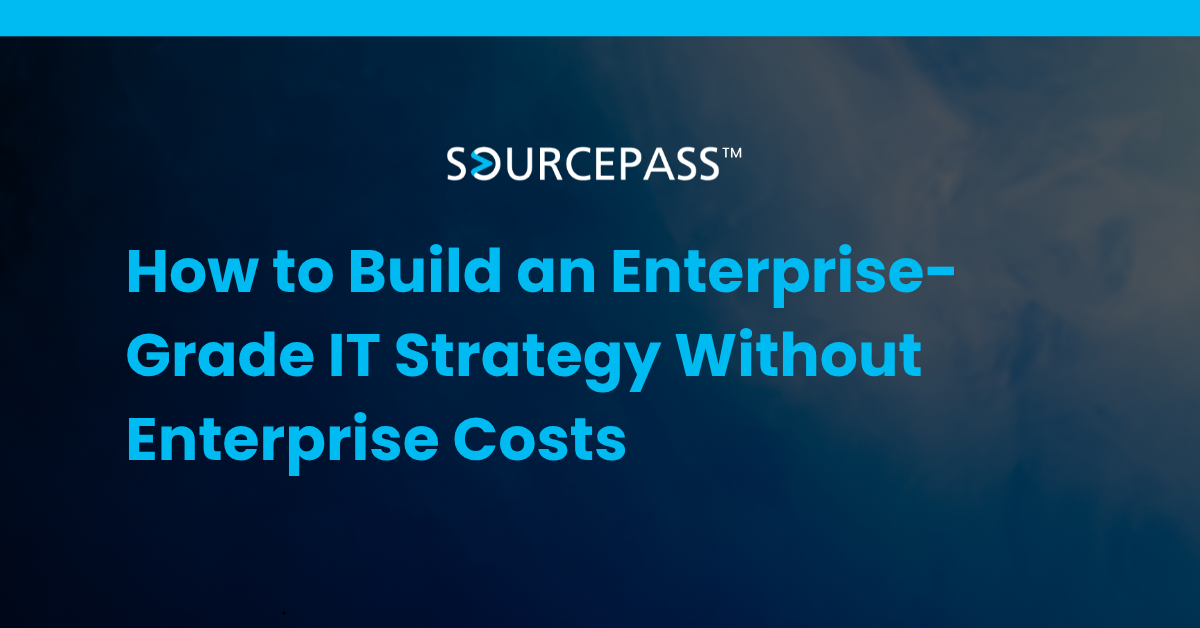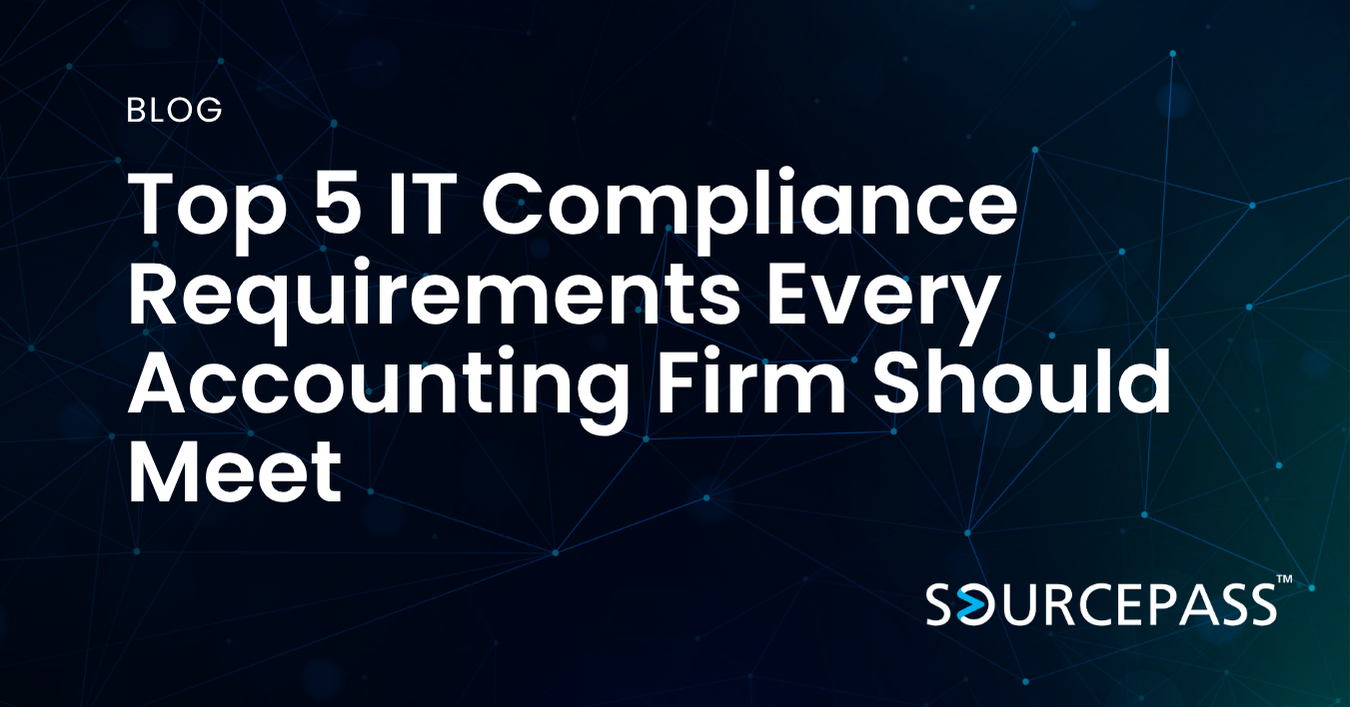How to Build an Enterprise-Grade IT Strategy Without Enterprise Costs
Oct 24, 2025 Alex Davis Strategy & Modernization | Costs & Budget 2 min read



Small and mid-sized businesses are expected to deliver enterprise-level performance, security, and innovation—but without enterprise budgets. The challenge is real, but the solution lies in strategic planning and smart technology investments. With the right roadmap, you can build a powerful, scalable IT strategy that supports long-term growth without overspending.
This guide explains how to align technology with business goals, reduce waste, strengthen cybersecurity, and scale efficiently.
Start With Business Goals, Not Just Technology
Technology should serve the business—not the other way around. Before selecting tools or upgrading systems, define your core business objectives. Are you aiming to expand into new markets, improve customer experience, or increase operational efficiency?
Use IT Planning Sessions
Hold quarterly business reviews (QBRs) or leadership strategy meetings to ensure your IT roadmap is directly tied to measurable business outcomes.
Prioritize High-Impact, Budget-Friendly Solutions
Enterprise-grade capabilities are often available through modern cloud services at accessible price points. Subscription-based platforms like Microsoft 365, Google Workspace, and managed security tools offer advanced functionality without large capital investments.
Look For Solutions That Offer
-
Built-in security and compliance features
-
Scalable cloud infrastructure (e.g., Azure, AWS, Google Cloud)
-
Predictable monthly pricing through SaaS models
Consolidate and Standardize Your Technology Stack
Technology sprawl creates inefficiency, support challenges, and security risks. Consolidating tools and standardizing platforms improves visibility, productivity, and cost control.
Focus on Standardization In
-
Communication and collaboration tools
-
Centralized file storage with version control
-
Endpoint security and device management
Outsource Strategically to Extend Capabilities
Hiring a full in-house IT team is expensive. Strategic outsourcing or co-managed IT provides access to specialized expertise, advanced toolsets, and 24/7 support at a fraction of the cost.
Benefits of Outsourcing
-
Around-the-clock support and monitoring
-
Access to cybersecurity, compliance, and cloud specialists
-
Fixed, predictable monthly expenses
Make Cybersecurity a Core Foundation
Cyber threats affect businesses of every size. A strong IT strategy must include baseline protections, continuous monitoring, and user awareness training.
Essential Security Components
-
Multi-factor authentication (MFA)
-
Firewall and antivirus protection
-
Regular vulnerability assessments
-
Encrypted, offsite or cloud backups
Plan for Scalability and Future Growth
Invest in solutions that can grow with your business. Scalable infrastructure reduces the need for major overhauls and supports agility during expansion or restructuring.
Scalable Technologies
-
Cloud-native applications
-
Modular ERP or CRM platforms
-
Virtual desktops and secure remote access
Monitor Performance and Optimize Continuously
A strong IT strategy evolves over time. Regularly evaluate performance, cost efficiency, and user adoption. Use key metrics to guide updates and improvements.
Key IT Metrics to Track
-
System uptime and availability
-
User satisfaction and adoption rates
-
Incident response and resolution times
-
Cost per user or device
Final Thoughts
You do not need enterprise-level finances to build a future-ready IT strategy. By aligning technology with business goals, leveraging scalable cloud platforms, standardizing systems, outsourcing smartly, and embedding cybersecurity from the start, your organization can compete—efficiently and securely.
If you need a right-sized IT roadmap built for growth and sustainability, our team can help you plan and implement it.
FAQ
Can small businesses really build enterprise-grade IT strategies?
Yes. With cloud platforms, managed services, and strategic planning, small businesses can access the same capabilities used by large enterprises at a lower cost.
What is the most cost-effective starting point for SMB IT strategy?
Start with goal alignment and consolidation. Standardizing platforms and eliminating redundant tools delivers immediate savings and operational clarity.
How important is cybersecurity in an SMB IT plan?
Non-negotiable. SMBs are frequent targets of cyberattacks. Foundational security measures like MFA, backups, and monitoring must be built into your strategy.
When should a business outsource IT?
When internal teams are stretched, lack expertise, or cannot support 24/7 operations. Outsourcing provides access to specialists and scalable resources.
How often should IT strategy be reviewed?
At least quarterly. Regular reviews ensure alignment with business goals and identify opportunities for automation, security enhancement, and cost optimization.
Subscribe To
Sourcepass Insights
Sourcepass Insights
Stay in the loop and never miss out on the latest updates by subscribing to our newsletter today!
.png?width=500&height=100&name=White%20Logo%20-%20Transparent%20Tag%20(3).png)



